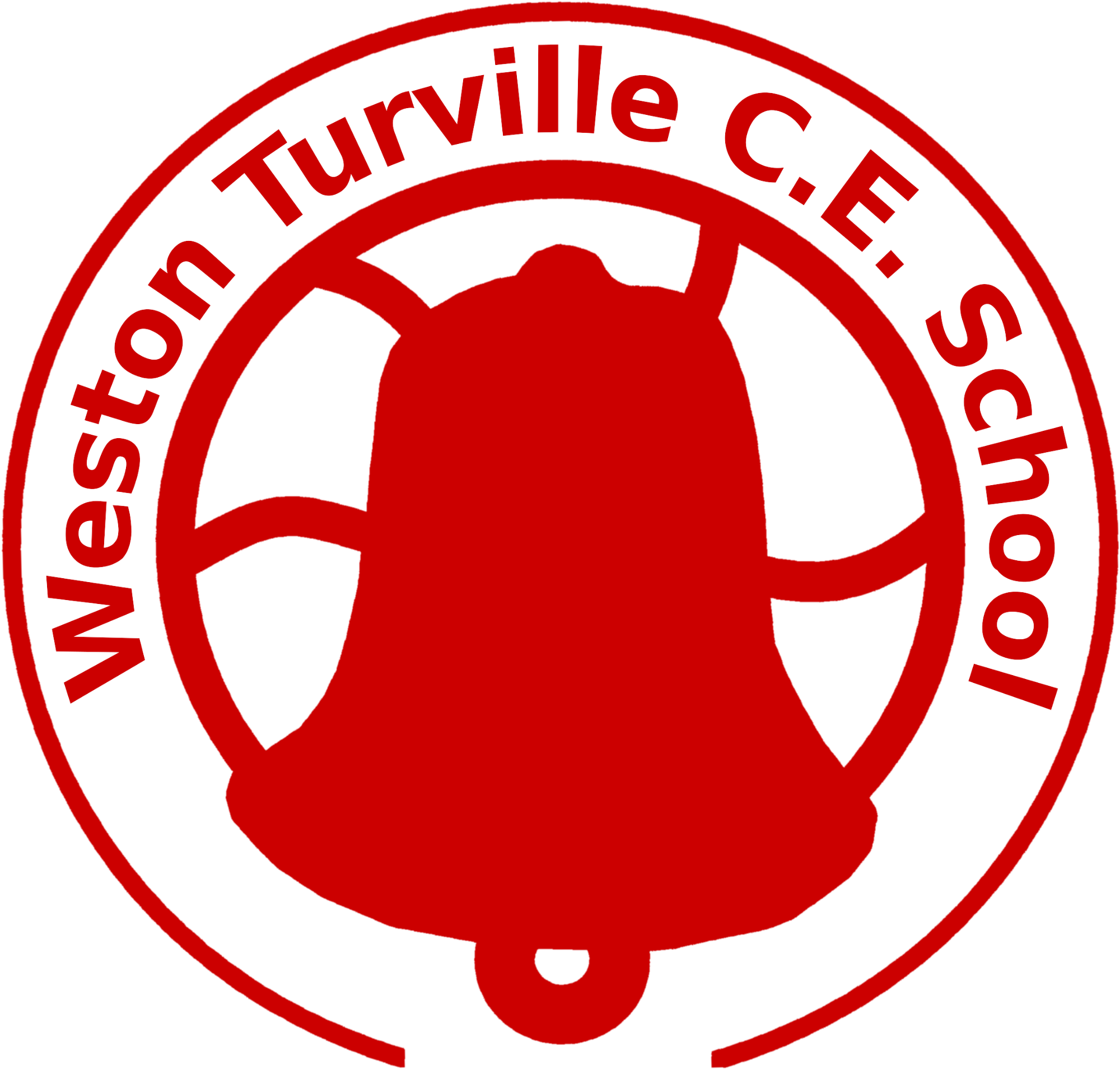Mathematics
We aim for mastery learning at the expected level for all children in mathematics. Learning for all that is sustained over time.
For more able children we aim to provide a broader, richer and deeper experience of the work that others are doing.
All children have regular opportunities to explain their reasoning verbally, in sentences, using correct vocabulary with an adult on a 1:1, through talk partner activities and in whole class learning.
Children change who they sit with in mathematics lessons on a regular basis to ensure that they have opportunities to discuss mathematics with a wide range of other children.
Guided groupwork is used as a way to develop in-depth dialogue with groups of pupils with a similar learning need. Children making slow progress or those falling below the expected level are involved more frequently in these guided groupwork activities.
The classroom culture is about developing understanding, uncovering errors and misconceptions, and discussing methods, strategies and techniques. Children are encouraged to view uncovering errors and misconceptions as key opportunities to learn.
Teachers know which pupils are making slow progress and/or are falling below expectations. They have well defined strategies through which they are seeking to accelerate their learning.
More able pupils who have already mastered or quickly master the expected level within a unit of work are provided with opportunities to broaden, enrich and deepen their knowledge. Time is not wasted revisiting ‘easy’ work.
Planning and teaching is informed by the principle ‘Concrete to visual/pictorial to abstract’. Teachers use a range of concrete and visual resources when developing concepts.
The learning environment supports and stimulates current learning in mathematics including a working wall. In particular children can find things that will help them with current work when they are stuck. Children are trained to use the learning environment.
Children read and respond to marking and find this process helpful as they engage with the next steps in their learning.
Teaching assistants have effective learning conversations in all phases of lessons with individuals, pairs and groups. Classroom teaching assistants work with children from across the attainment spectrum.
Teachers support children in developing links across and within the mathematics curriculum to assist children with recall and developing deeper understanding.
All children have regular opportunities to engage with open and rich mathematical activities including investigations.
Teachers work with children on developing efficient methods of written and mental arithmetic best suited to their ability.
It is the children’s ‘job’ to learn mathematics. Teaching promotes independence and responsibility e.g. by using the ‘Five Bs’ of Brain, Book, Boards, Buddy and Boss and ideas about Growth Mindsets.
Teachers increasingly use new teaching methods being imported from other successful education systems e.g. the bar method, part-part-whole diagrams, ten frames.
Parents are encouraged to support their children with home learning and are informed of the methods used in our maths lessons.
